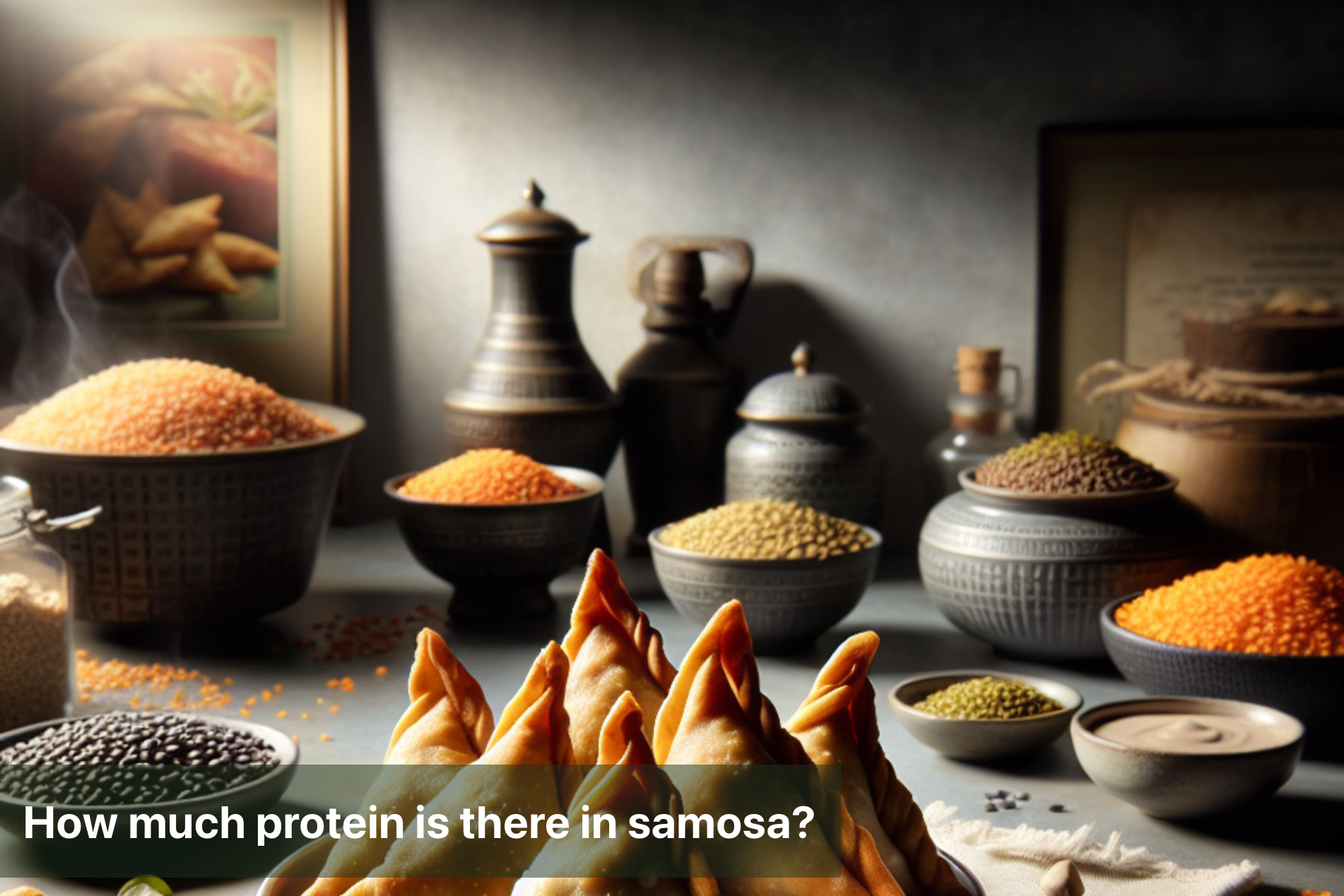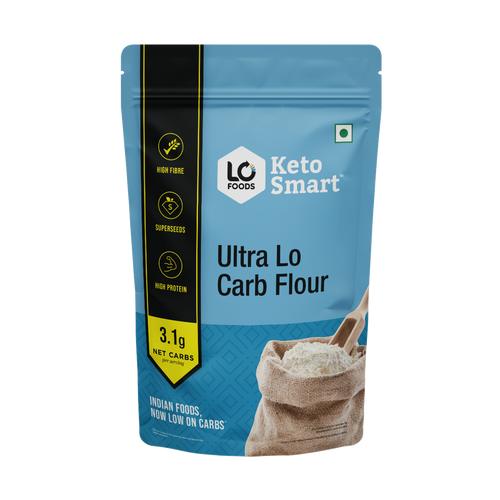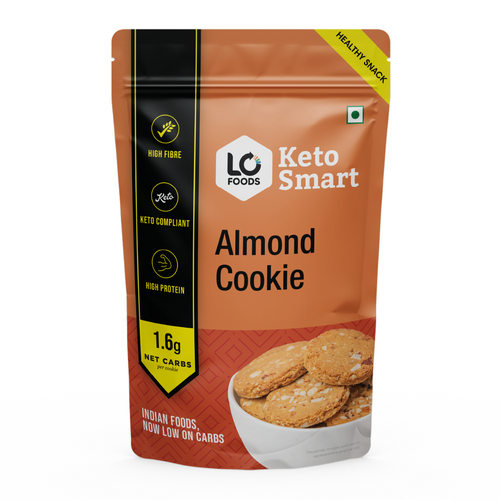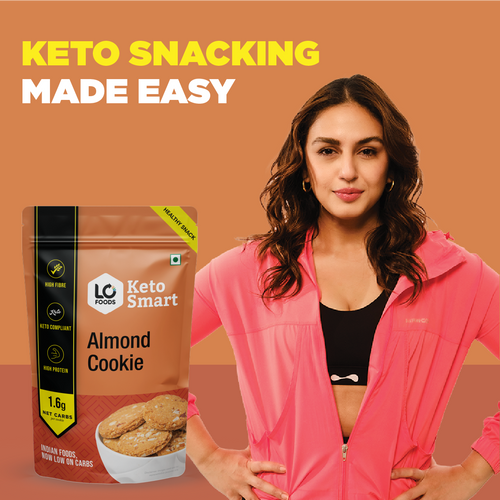
How much protein is there in samosa?
Samosas have a rich history that spans centuries and traverses diverse cultures. The origins of samosas can be traced back to the Middle East or Central Asia, with variations of the savory pastry existing in countries such as India, Pakistan, and even parts of Africa. This triangular snack is known for its delicious filling, which typically combines spiced potatoes, peas, and sometimes minced meat or lentils, all encased in a crispy, flaky pastry shell.
Across various cultures, samosas have become a beloved snack enjoyed by people of all ages. Whether as a street food staple in India or a popular appetizer at Middle Eastern gatherings, the versatility and convenience of samosas have made them a go-to choice for satisfying hunger pangs. The crispy exterior paired with the flavorful filling makes samosas a delightful treat that can be enjoyed on various occasions.
The appeal of samosas transcends borders, with each culture adding its unique twist to the classic recipe. From different spices to alternative fillings, the samosa has evolved to cater to varying tastes and preferences. In the world of culinary delights, the samosa stands out as a flavorful and versatile snack that continues to captivate taste buds worldwide.

Nutritional Content of Samosa
Contents of Samosa |
Quantity |
|---|---|
Calories in 1 Samosa |
262 |
Fat |
17 gm |
Carbohydrates |
24 gm |
Fibre |
2.1 gm |
Sugars |
1.6 gm |
Protein |
3.5 gm |
Cholesterol |
27 mg |
Sodium |
423 mg |
Potassium |
189 mg |
Vitamins |
A (25%), C (17%) |
Calcium |
2% |
Iron |
4% |
Healthy Substitutions for Higher Protein in Samosa
When looking to enhance the protein content in samosas, incorporating alternative ingredients can be a nutritious choice. Here are some suggestions to boost the protein levels in your favorite snack:
Lentils and Legumes: Replace a portion of potatoes with cooked lentils or legumes like chickpeas. These plant-based sources are rich in protein and fiber, adding a nutritional punch to your samosa filling.
quinoa: Substituting a portion of the flour with quinoa can increase the protein content significantly. Quinoa is a complete protein, containing all essential amino acids, making it a wholesome choice.
Tofu or Paneer: Adding crumbled tofu or paneer to the traditional samosa filling can provide a substantial protein boost. These options are especially beneficial for vegetarians looking to increase their protein intake.
Nuts and Seeds: Incorporating chopped nuts or seeds like almonds, pumpkin seeds, or chia seeds into the filling mixture can elevate both the protein and healthy fats content of the samosa.
-
Lean Meat: For non-vegetarian variations, lean meats such as shredded chicken or turkey can be added to the filling to enhance the protein profile while keeping the samosa flavorful.
By making these healthy substitutions, you can transform your regular samosas into protein-rich snacks without compromising on taste. Experiment with these alternatives to create a more nutritious version of this popular treat.

Measuring the Protein Content of Samosa
Understanding the nutritional content of foods like samosas is essential for making informed dietary choices. Throughout this blog, we have explored the origins of samosas, their popularity across various cultures, the typical ingredients used, and the protein content they offer.
It is crucial to note that while samosas are undeniably delicious, they may not always align with one's daily dietary requirements, especially in terms of protein intake. By being aware of the protein content in a typical samosa, individuals can make adjustments to ensure they meet their nutritional needs effectively.
Moreover, we discussed healthy substitutions that can be made to enhance the protein content in samosas, such as incorporating alternative ingredients like chickpeas, lentils, or lean meats. These substitutions not only increase the protein levels but also add nutritional value to the snack.
Samosas can be enjoyed in moderation, provided that individuals are mindful of their nutritional composition. By making informed choices and opting for higher protein alternatives, one can savor the flavor of samosas while supporting their dietary goals. Remember, knowledge is power when it comes to nourishing our bodies effectively.
FAQs
-
How much protein is there in a typical samosa?
A typical samosa contains approximately 6-8 grams of protein, depending on its size and ingredients.
-
Is samosa a good source of protein?
While samosas do contain some protein, they are not considered a significant source. It is best to consume other protein-rich foods for a more substantial protein intake.
-
Can the protein content in samosas vary based on the filling?
Yes, the protein content in samosas can vary based on the type of filling used. Meat-filled samosas may have higher protein content compared to vegetarian options.
-
Are there healthier alternatives to samosas for protein intake?
Yes, there are many healthier alternatives to samosas for protein intake, such as lean meats, fish, tofu, lentils, and beans, which provide a higher protein content with lower fat and calorie levels.
-
How can I increase the protein content in samosas?
To increase the protein content in samosas, you can add ingredients like chicken, turkey, paneer (cottage cheese), or mashed lentils to the filling, providing a higher protein boost.
This Blog post is an initiative by Lo! Foods, to provide accurate and Nutritionist / Doctor approved information related to Health. Lo! Foods is India's leading brand for Everyday Functional Foods. Foods designed for specific Health conditions or Needs. Lo! Foods also runs India's largest range of Low Carb Healthy Cloud Kitchens, under the brand names of Lo!, ProteinChef, ATH (All Things Healthy) and DiabeSmart.















Leave a comment
Your email address will not be published.